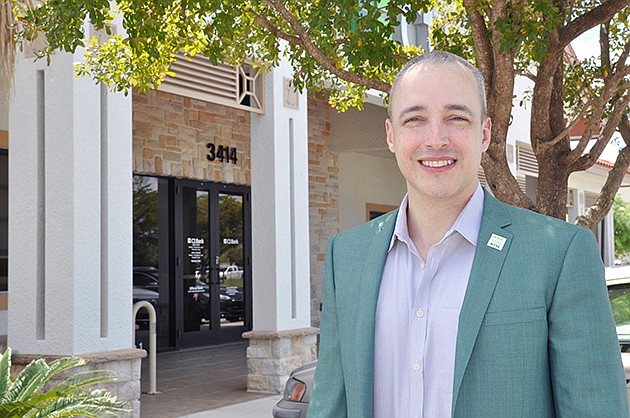- December 15, 2025
-
-
Loading

Loading

Executive Summary
Company. C1 Financial Industry. Banking Key. Focus on doing a few things very well.